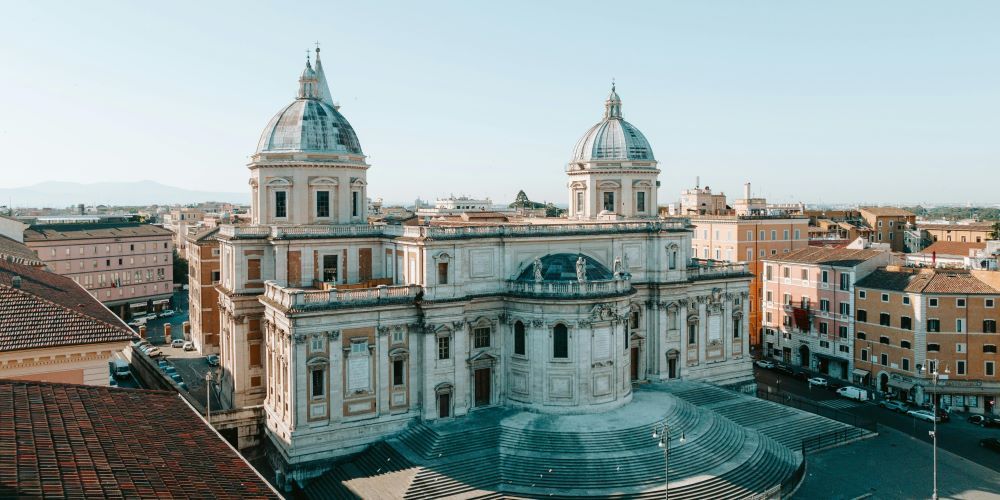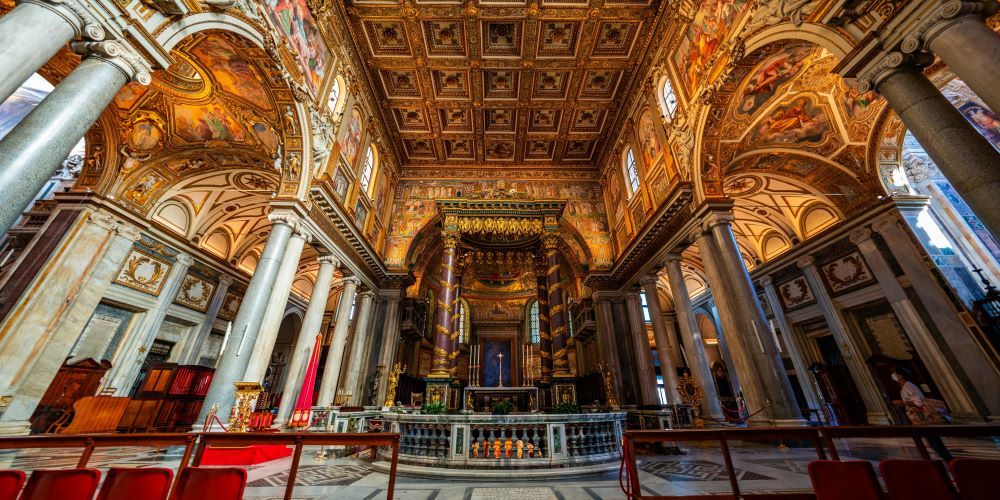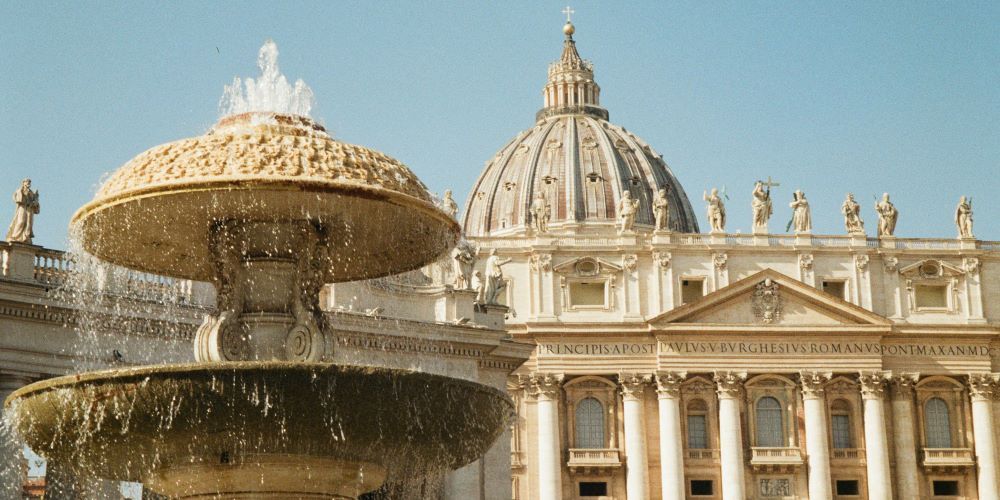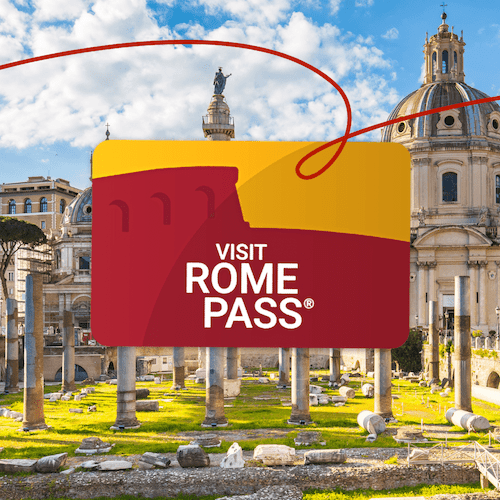In a decision that reflects his deeply personal spirituality and pastoral style, Pope Francis has indicated his desire to be buried at Saint Mary Major in Rome. This choice, diverging from the traditional burial place of popes at St. Peter’s Basilica, raises questions and curiosity among Catholics and historians alike and simply curious. So, why did Pope Francis choose Saint Mary Major as his burial site? The answer lies in a combination of personal devotion and symbolic significance kept in a church with 16 centuries of history, a unique stunning place in Rome.
Let's discover together Saint Mary Major basilica, the place where will Pope Francis be buried.

Why Saint Mary Major matters

As one of the four papal basilicas in Rome Saint Mary Major holds deep historical and theological significance. It is the oldest church in the West dedicated to the Virgin Mary and stands as a monument to Marian devotion across centuries.
Considered one of the most important churches for Christianity Saint Mary Major is the only one which has preserved its paleochristian structure. Located in the Esquilino district, one of the historical seven hills which form the original territory of the ancient Rome, Saint Mary Major is a stunning monument visited every year from hundreds of thousands of visitors, not only pilgrims for the relics preserved inside but also for masterpieces which the Basilica is made of.
For Pope Francis, the basilica was more than a historical site, it was a living spiritual home. Choosing it as his burial place reflects his intent to remain close to the faithful, to Mary, and to the heart of the Church, not in grandeur, but in grace.
Salus Populi Romani: Pope Francis deep Marian devotion

One of the most compelling reasons behind Pope Francis’ burial site choice is his lifelong devotion to the Virgin Mary. In fact, the Basilica of Saint Mary Major houses the famous icon Salus Populi Romani (in Latin "Salvation of the Roman People), a 5th-century image of Mary that the Pope has consistently visited throughout his papacy. The Salus Populi Romani is one of the most venerated Marian icons in the world and the most linked with the city of Rome since according to the tradition it has been associated with miraculous protection over the eternal city during times of plague, war, and crisis.
The basilica of Saint Mary Major keeps also other remarkable treasures: the reliquie of the Holy Crib and the beautiful staircase made by Gian Lorenzo Bernini.
Pope Francis who used to stop in Saint Mary Major before and after every international apostolic journey, will be not the first Pope buried in this basilica since inside it there are already 7 Popes buried - Pope Honorius III, Pope Nicolas IV, Pope Pius V, Pope Sixtus V, Pope Clement VIII, Pope Paul V and Pope Clement IX. In addition, the famous architect and sculptor Gian Lorenzo Bernini also is buried inside the basilica of Saint Mary Major.
Breaking with Papal tradition to be buried in the Vatican

Traditionally, Popes have been buried in the Vatican grottoes beneath St. Peter’s Basilica, one of the most fascinating places of Rome not only for Christian believers and it is the symbolic heart of the Catholic Church. In fact in this spiritual place 21 Popes, included the last two Jhon Paul II and Benedict XVI are buried there and, according to archaeologists, at the lowest level of these grottoes lies the tomb and the bones of Saint Peter, the founding apostle of Christian Catholic Church. By choosing Saint Mary Major instead, Pope Francis has once again signaled his preference for a humbler, more pastoral path.
This burial choice aligns with other decisions he’s made, such as living in the modest Vatican guesthouse - Casa Saint Martha - instead of the Apostolic Palace, and his final resting place, like his papacy, will reflect simplicity, accessibility, and spiritual authenticity.
Saint Mary Major and the other papal basilicas in Rome

The basilica of Saint Mary Major is one of the four papal basilicas located in Rome. The other three are: Saint Peter's basilica located in the Vatican City, it’s the largest church in the world and the heart of the Catholic Church, Saint John Lateran the oldest and official cathedral of the Pope, often called the “Mother of All Churches.” and Saint Paul outside the Walls the second largest basilica after Saint Peter, built over the tomb of Saint Paul. All of four papal basilicas are also Jubilee churches that it means all of them are their own Holy Door which the pilgrims and faithfuls can cross to obtain indulgence during the Holy Year.
About the author
Written on 23/04/2025




Elisa Verrazzo
Everything you have to know about Saint Mary Major, the place in Rome where Pope Francis expressed to be buried.